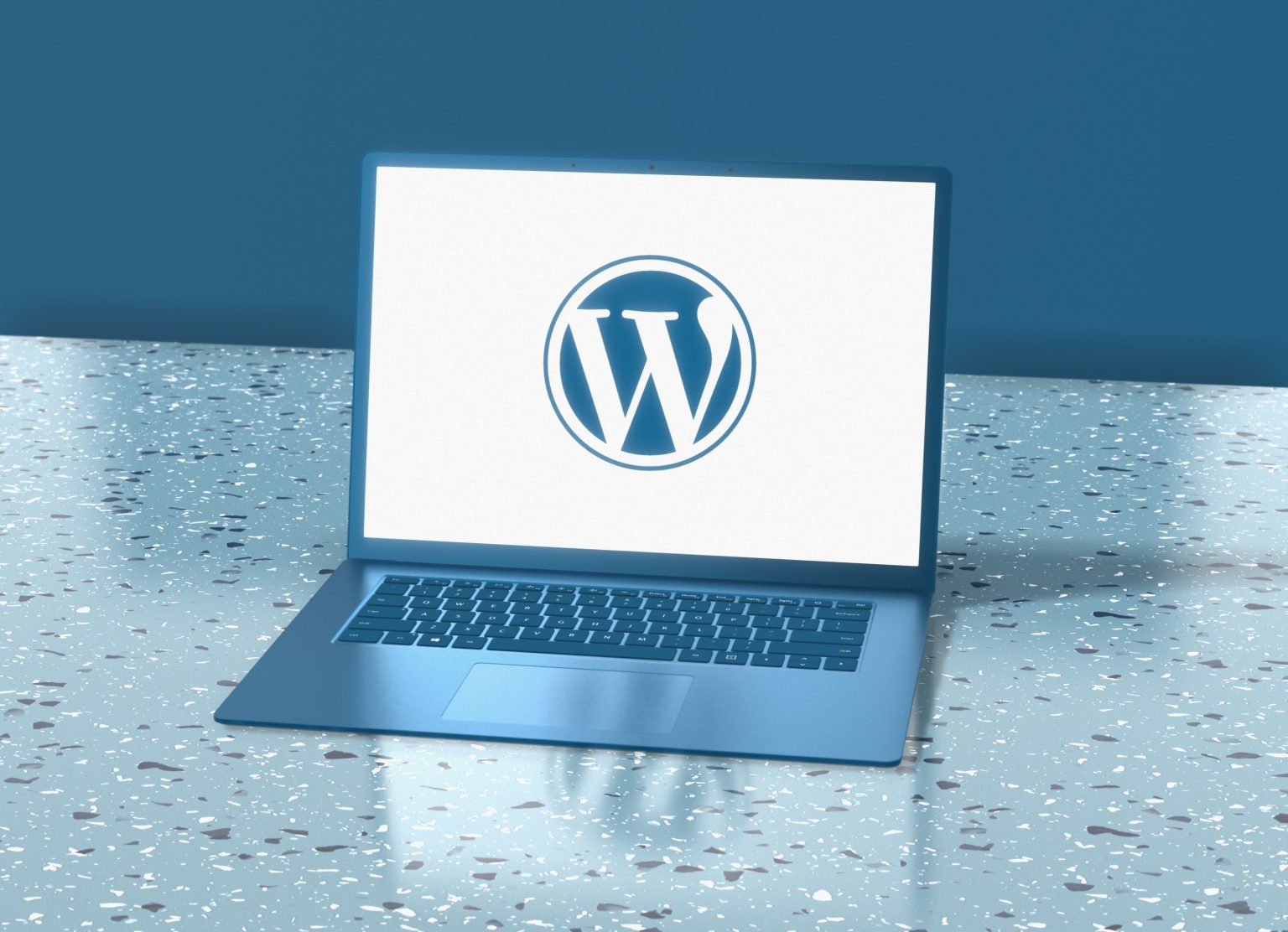Troubleshooting and Fixing Common WordPress Errors
WordPress is a widely used content management system (CMS) that powers millions of websites across the globe. It offers robust security features, but like all software, it can be susceptible to glitches and problems. In this article, we will explore several prevalent WordPress issues and provide guidance on how to address them
1. White Screen of Death (WSOD)
The White Screen of Death, also known as the “blank page” error, is one of the most frustrating errors in WordPress. This error occurs when something goes wrong with your website, and it can be caused by a variety of factors such as a plugin or theme conflict, memory limitations, or a corrupted database.
To fix this error, you can try the following steps:
- Deactivate all plugins: Go to the Plugins section in your WordPress dashboard and deactivate all plugins. If the error goes away, reactivate each plugin one by one to identify the one causing the issue.
- Switch to the default theme: Go to Appearance > Themes and switch to the default WordPress theme (e.g., Twenty Twenty-One) to see if the error is caused by your current theme.
- Increase memory limit: You can increase the memory limit by adding the following code to the wp-config.php file: define(‘WP_MEMORY_LIMIT’, ‘256M’);
- Check for corrupted database: You can check for a corrupted database by running the WP-DB Manager plugin or by exporting your database and importing it again.
2. Error Establishing a Database Connection
This error occurs when WordPress is unable to connect to the database. It can be caused by incorrect database details, a corrupt database, or a server issue.
To fix this error, you can try the following steps:
- Check the database details: Go to the wp-config.php file and make sure that the database name, username, and password are correct.
- Check the server: Contact your hosting provider to make sure that the server is up and running.
- Check the database: You can check for a corrupted database by running the WP-DB Manager plugin or by exporting your database and importing it again.
3. 404 Error
A 404 error occurs when a user attempts to access a page or post that does not exist. This can be caused by a broken link, a deleted post, or a plugin conflict.
To fix this error, you can try the following steps:
- Check the permalinks: Go to Settings > Permalinks and make sure that the permalink structure is set correctly.
- Check for broken links: You can use a plugin like Broken Link Checker to identify and fix broken links.
- Check for deleted posts: If you have deleted a post, make sure to redirect the URL to a relevant page using a plugin like Redirection.
4. 500 Internal Server Error
A 500 internal server error occurs when there is a problem with the server and it cannot display the requested webpage. This can be caused by a plugin or theme conflict, a corrupted .htaccess file, or a server issue.
To fix this error, you can try the following steps:
- Deactivate all plugins: Go to the Plugins section in your WordPress dashboard and deactivate all plugins. If the error goes away, reactivate each plugin one by one to identify the one causing the issue.
- Switch to the default theme: Go to Appearance > Themes and switch to the default WordPress theme to see if the error is caused by your current theme.
- Check the .htaccess file: Go to the root folder of your WordPress
